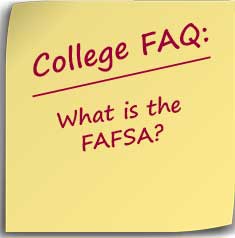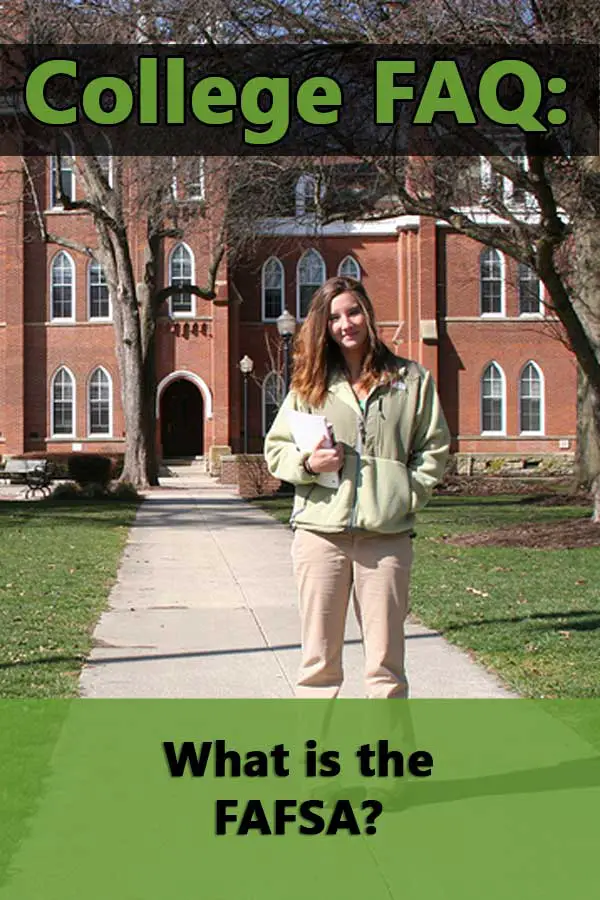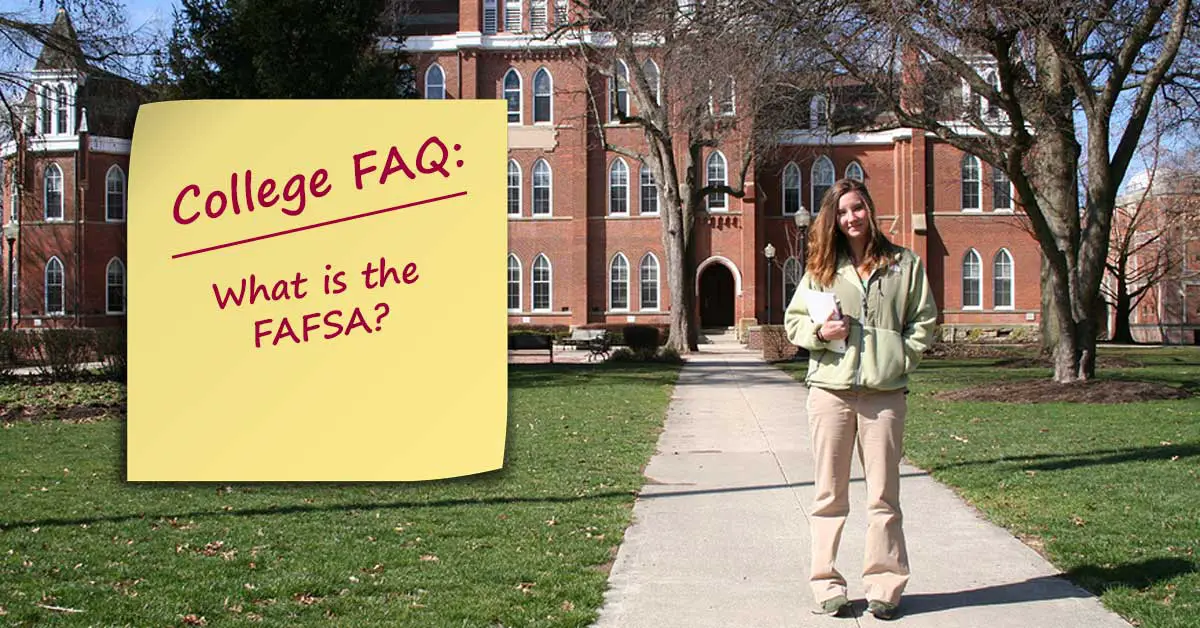 The FAFSA is the Free Application for Federal Student Aid administered by the Office of Federal Student Aid. Students must submit the FAFSA to qualify for any federal financial aid, most state aid programs, and the vast majority of college aid programs. There is no cost to complete the FAFSA.
The FAFSA is the Free Application for Federal Student Aid administered by the Office of Federal Student Aid. Students must submit the FAFSA to qualify for any federal financial aid, most state aid programs, and the vast majority of college aid programs. There is no cost to complete the FAFSA.
What information do you need to complete the FAFSA?
The FAFSA requires financial information from the student and from the student’s parents unless the student qualifies as an independent student. To complete the FAFSA, students will need income tax returns, W-2 forms, bank statements, records of investments or untaxed income, and their social security number.
Students will also enter the codes for each school they are applying to. You can list up to ten schools on the FAFSA. You can add schools by updating your FAFSA and substituting a new school for an old school. However, if you make any other changes to the FAFSA, the old school will not receive the information.
The Office of Federal Student Aid has a worksheet that provides a preview of the questions you will be asked on the FAFSA. Students can use this to determine their dependency status and collect the information they will need to complete the FAFSA. The worksheet also lists state financial aid deadlines and is updated every year.
How do you complete the FAFSA?
Students can complete the FAFSA online or through the mail as early as October 1st of their senior year. Using the online form will reduce the number of errors and will allow students to use the IRS retrieval tool to complete required fields.
Both the student and the parent will have to create an FSA ID to complete the FAFSA. This acts as unique electronic signature so the parent and student must each have their own FSA ID. When you create your FSA IS, make sure that you use your name as it appears in official documents.
Students must complete the FAFSA every year. They must be a high school graduate and a US citizen or permanent resident. Male students 18-years and older must register with the selective service. There are a few other requirements so if you aren’t certain, check on the FAFSA website. If you need help completing the FAFSA, check on the 26 Places to Get Help with the FAFSA.
What happens after you complete the FAFSA?
After the FAFSA is processed, the student will receive a Student Aid Report (SAR) which will provide the Expected Family Contribution (EFC). The EFC is calculated using the Federal Methodology. You need to check that all of the information on the SAR is correct.
If you find that you made a mistake when entering the FAFSA information it can generally be corrected by signing in to FAFSA.gov and correcting the mistake. However, other changes, especially those affecting income, cannot be corrected through the FAFSA website. Students will have to contact each college’s financial aid office individually and find out how to submit the updated information.
The federal government uses the information to award need-based grants such as the Pell Grant. It’s also required for students participating in the Direct Student Loan Program and parents taking out PLUS loans. Colleges use the information to determine student’s eligibility for campus work-study programs. They also use the information to award grants and scholarships from their own funds. The schools send student financial aid award letters informing students on what aid they have been awarded. Students can accept or reject any awarded financial aid.
There are a variety of calculators that will estimate your EFC. The Office of Federal Student Aid has the FAFSA4caster and has a Quick EFC Calculator.



1 thought on “FAQ: What is the FAFSA?”